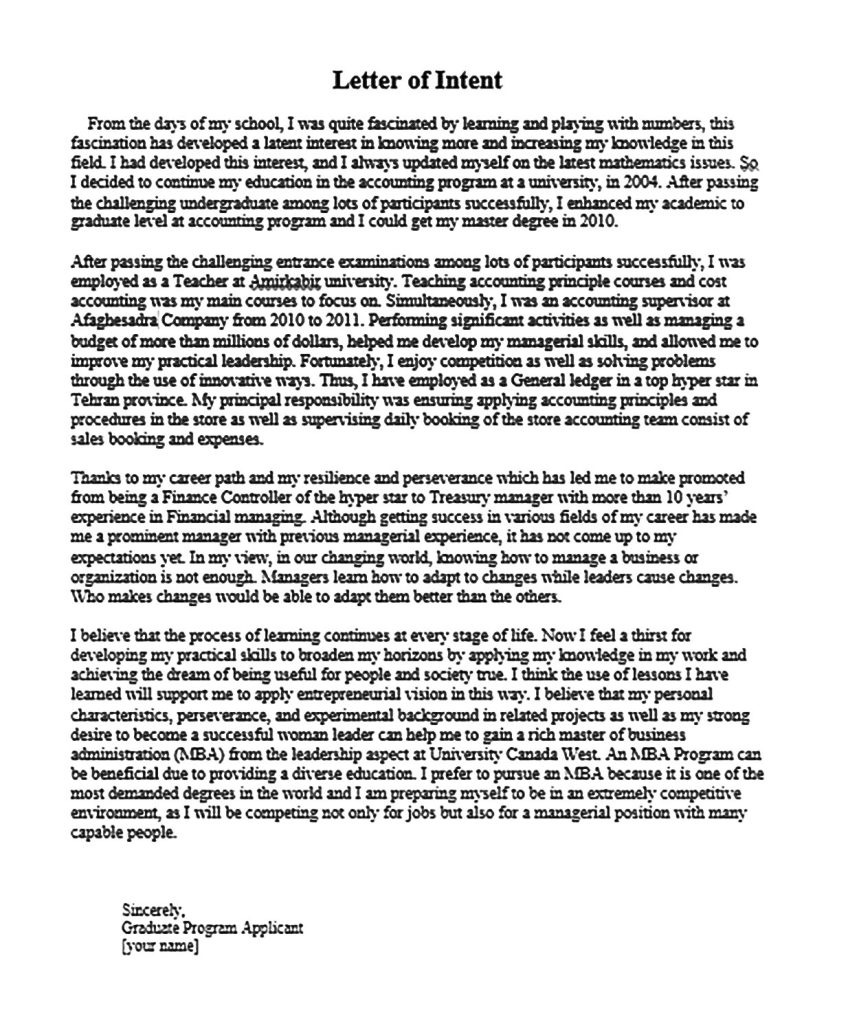What is CV
How to write a professional academic CV?
No matter what stage of your academic career you are in, having a professional academic CV is essential. Applying for college, scholarships, scholarships and even conferences all require you to submit an academic CV. This degree is different from a resume and has a unique format.
People who want to study abroad must prepare documents and send them to the university of their choice for admission. One of these documents is a cv. How to write a CV is very important and you should pay attention to many things in writing it?
C stands for Curriculum and V stands for vitae meaning course and history. So, in fact, cv is the history of a person’s education.
Write a CV
There is no limit to the number of pages you can write to write a CV, but this document should only contain the necessary information. Keep in mind that just lengthening a resume has little effect on your career and academic success, and a long resume form filled with outdated, worthless, and irrelevant information is no better than a shorter resume.
The difference between a resume and a CV
Although a resume and a CV are both histories of activity, the resume focuses more on the achievements of professional careers, but the CV focuses more on academic achievement. Therefore, most universities require CV applicants. The most important exceptions to this are the Business Management (MBA) courses that most universities require from resume applicants.
In addition to identifying the university or universities where you (s) studied, your degree and time of graduation, you should include some of the most relevant courses you have taken and the academic awards and honors you have earned (especially those most relevant to your field of study). Also mention.
Of course, you should not go into too much detail. Each section of the resume should contain only important information in the form of 2 to 4 items.

Common sections in the resume
Academic resume
1- RESEARCH INTERESTS
Your favorite scientific-research topics in the field of education and your research work. This section indicates that you are interested in topics related to the course.
2- EDUCATION
List of qualifications in reverse chronological order (if your GPA is a positive point in your CV).
3- Published Articles and Books (PUBLICATIONS)
Put a link to each article on it so that the Admissions Committee can have samples of your writing.
4- HONORS AND AWARDS
Mention only the most valuable items.
5 - TEACHING EXPERIENCES
Mention teaching as a teacher, solving exercises and teacher; This shows your interest in college life / work.
6 - Work experience (WORK EXPERIENCES)
State work history (priority is related to work history).
7 - COMPUTER SKILLS
List the computer skills that may be required to complete the course.
8 - LANGUAGE SKILLS
List your language test credentials (IELTS, TOEFL, GRE and.). Also list the languages you are fluent in or familiar with by mentioning your level in that language.
9 - Membership in organizations (MEMBERSHIPS):
If you are a member of an organization that is related to the subject of your field of study or that reflects your social and academic activities.
The structure of the CV is another important feature that should include the following:
- A header containing the name and contact information
- Clear sections with headings to emphasize technical content, such as relevant work experience, areas of scientific interest, and laboratory skills and techniques.
- Enter information in reverse chronological order (from new to old)
CV structure
Mistakes You Should Not Make When Writing Your CV:
The temptation to create a creative CV
Unlike a resume, your CV should always look simple and formal, and you should use a simple font when writing content. Most people may think that doing this will make their CV boring and have a negative effect on their acceptance.
For the print version, use the white sheet and use black ink throughout the resume and avoid writing a color resume file with different ink colors (eg blue for section titles) and a full resume form. Prepare formal and black and white.
Check the resume file format
Be sure to check the admission notice and make sure that the company or university you are looking for has requested your CV and what kind of file (word) or (PDF) will be acceptable to them. Write real and correct information in the resume sample. Writing unrealistic and incorrect information in the resume sample will have negative consequences for you.
Do not write your CV too personally
Avoid writing down personal information such as your hobbies or hobbies or physical characteristics.
Keep your CV professional
For example, make sure your email address is professional. Using a non-professional email address or any sign that seems vulgar and unprofessional on your CV will easily delete your resume.
Check and edit your CV several times
Check the resume again and again and find and correct any typographical and spelling mistakes and all grammatical errors in the CV. Seek the help of a sharp-sighted and capable friend in the field of language and ask him to check your CV for any possible mistakes and help you correct them. A small typo will make you look careless and untidy, and an educated person will not accept these mistakes in any way. For this reason, your CV will be deleted by the university or company with the slightest spelling and grammar mistake.
In this picture you can look at an example of a resume to get a general idea

